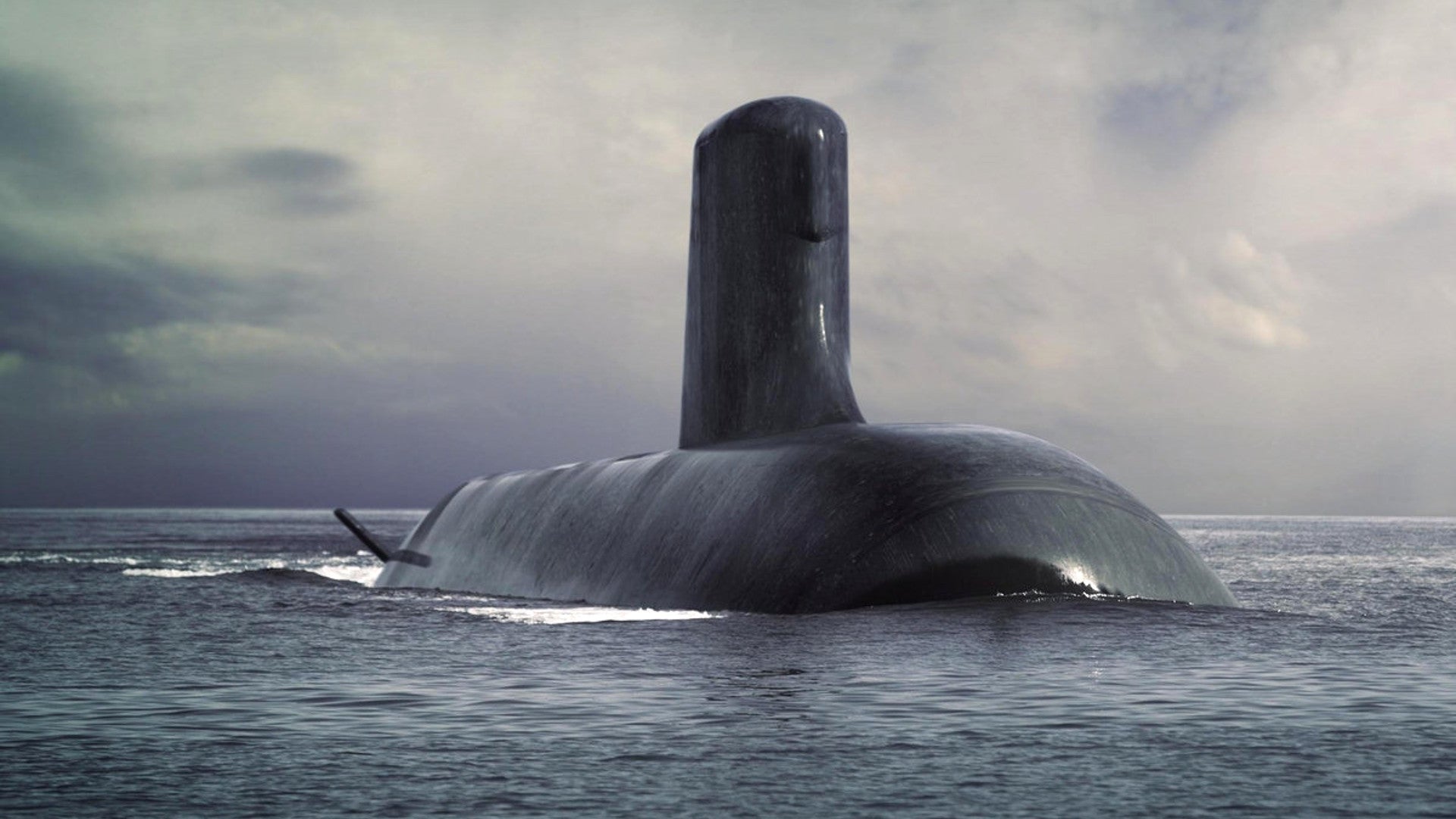South Korea’s Navy is looking into the practical and political feasibility of domestic design and production of a nuclear-powered submarine. The study comes amid heightened tensions with North Korea and concerns about that country’s own submarine-launched ballistic missile developments, but could further strain relationships on the Peninsula and beyond and could prove to be technically complex and expensive without a clear imperative to develop such a boat in the first place.
According to Defense News, in October 2017, the South Korean Navy hired Seoul-based think tank the Korea Defense Network (KDN) to conduct a five-month long study of possible designs. The final report recommended developing a nuclear attack submarine akin the France’s Barracuda-class.
“We’re reviewing the KDN report on indigenous submarine building in a careful manner,” a spokesperson for the South Korean Navy told Defense News. “The nuclear-powered submarine-building plan is highly sensitive for itself and especially at a time when the discussions of inter-Korean summit and U.S.-North Korea summit talks are being taken place.”
At present, the South Korean Navy has nine Jang Bogo-class submarines, a derivative of the German Type 209, and seven of a planned class of nine Sohn Won-yil or Jang Bogo II boats, the country’s name for Germany’s Type 214. Both classes are diesel-electric, but the latter class has advanced air-independent propulsion (AIP) systems that make them quieter and allow them to run underwater for greater periods of time. This new class of submarine could supplant the South Korean Navy’s existing requirement for a third class of nine boats.
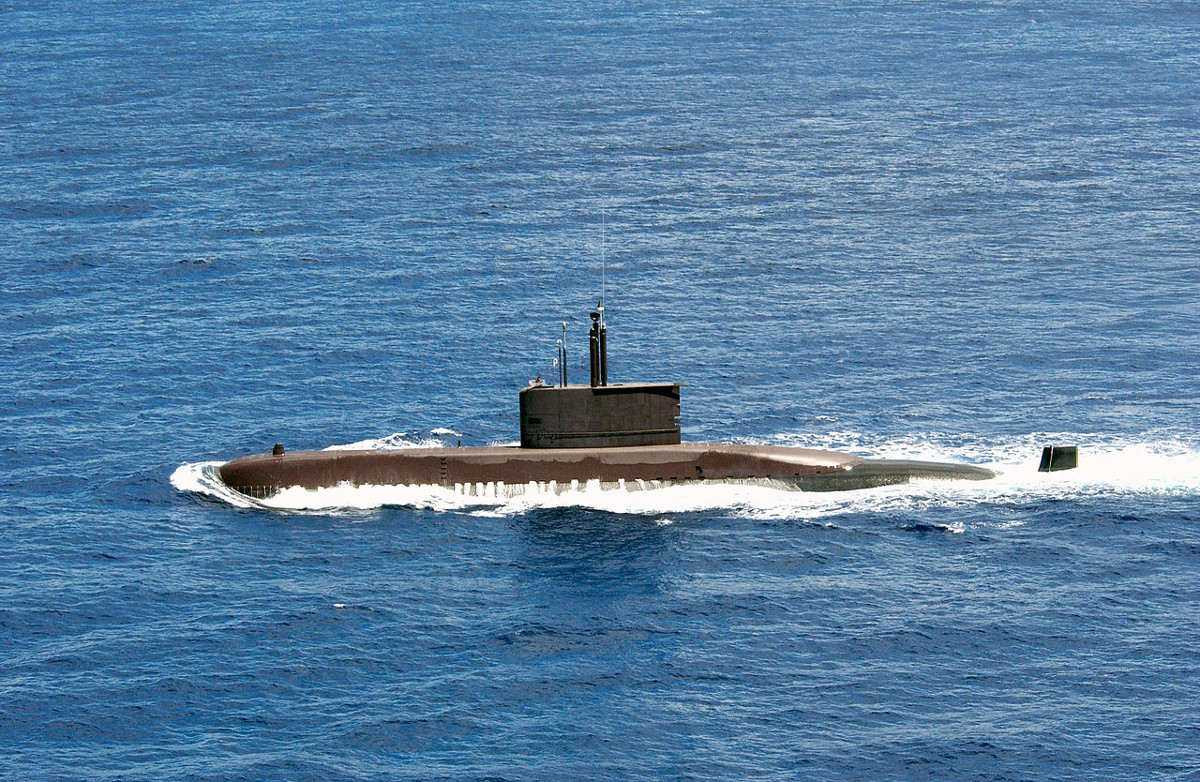
A nuclear-powered submarine could offer an even lower acoustic signature although some AIP equipped boats are now extremely quiet. It would certainly be able to remain below the surface for even longer than the Type 214s, further reducing the potential for detection and extending the submarine’s practical patrol range.
The French Barracuda-class, which KDN cited in its report as a good conceptual starting place, has a submerged displacement of approximately 5,300 tons with a full combat load. This is more than twice that of the Sohn Won-yil-class boats and nearly 2,000 greater displacement than those in the still in development Jang Bogo III-class.
The additional space could potentially accommodate additional weapons, including the ability to launch anti-ship and land-attack cruise missiles from its torpedo tubes or a small vertical launch system array, as found on the U.S. Navy’s Los Angeles-class. It might also allow for a more powerful sensor suite, giving the South Korean Navy an important tool for secretly gathering intelligence on coastal targets and possibly those further inland, not just with regards to North Korea, but other potential regional opponents, such as China.
The video below shows a South Korean Navy test of a domestically designed submarine-launched land-attack cruise missile in 2013.

There had also been unconfirmed reports that the Jang Bogo III might have the ability to launch a ballistic missile, possibly based on the Hyunmoo-series. A nuclear-powered ballistic missile submarine, able to operate largely undetected within range of North Korea for months at a time, could give South Korea another important second-strike capability to help deter an attack.
A nuclear powered submarine would also be a boon for countering North Korea’s apparent drive to develop its own submarine-launched ballistic missile capability. The ability to conduct extended patrols would be essential for monitoring any such activity and shadowing the enemy boats during a potential crisis. The North Koreans also have dozens of smaller coastal and midget submarines that could pose a threat during a conflict and are one of multiple ways special operations forces would infiltrate into South Korea.
Beyond North Korea, South Korea also has to contend with an growing and increasingly advanced Chinese military and an increasingly assertive Russia, both of whom are stepping up their activities in East Asia and beyond. China is in also in the process of expanding its arsenal of both nuclear and advanced diesel electric submarines and is increasingly inclined to export the latter to its regional allies, as well as expanding its underwater monitoring capabilities. Russians are eager to try and revitalize their subsurface fleets, as well.
With all this in mind, it’s not surprising that South Korea is seriously looking at a new, indigenous class of nuclear submarine. Many of those same considerations were likely the driving force behind a secret study of the concept in 2003.
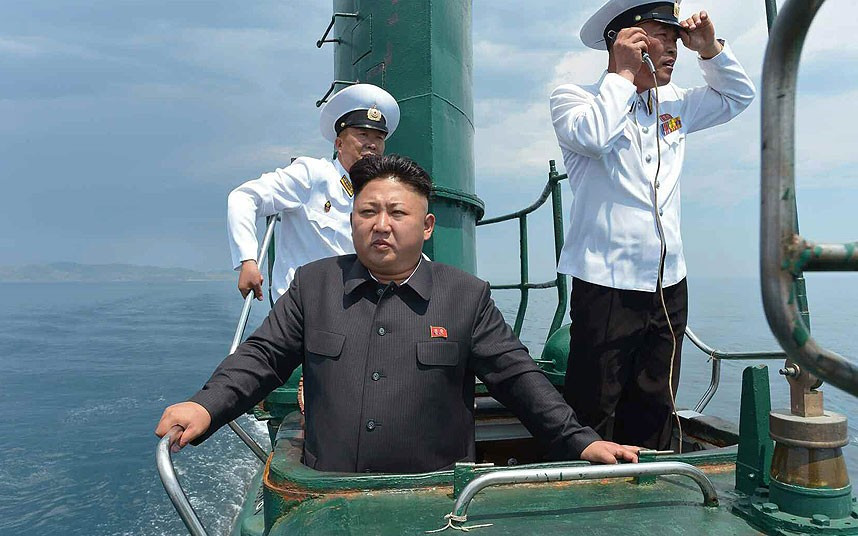
“During the 2003 project, we finished works of basic design for indigenous nuclear-powered submarine, as well as of a miniaturized nuclear reactor,” Moo Keun-sik, a retired Navy captain who had led the so-called ‘326 initiative,’ told Defense News. “South Korea has enough ability to design and develop its own nuclear submarine.”
KDN’s suggestion of building an analogue to the French Barracuda, a relatively modern design, suggests that its analysts share that view. But regardless of whether the country has the requisite knowledge and industrial capacity, or the ability to rapidly develop either of those sectors, it might not necessarily have the time or funds to commit to such an ambitious project.
Modern submarines are complex and expensive to build and nuclear boats are even more so in both respects. It could take at least 10 years for the first-in-class submarine to nearly two decades for the full class to become operational. The South Korean government reportedly expects that each one could cost more $1 billion, but this seems particularly optimistic. The French Barracudas cost approxiamtely $1.6 billion and there could easily be cost growth in the South Korean project due to domestic shipbuilders’ inexperience with the new design and nuclear submarines in general.
South Korea’s entire defense budget for the 2017 fiscal cycle was approximately $34 billion, which amounted to 10 percent of the country’s total annual budget expenditure and was a four percent increase in defense spending over the previous year. At $1 billion a piece, each one of these submarines would amount to nearly three percent of this annual expenditure.
And that total budget is likely to grow again, even if only to account for inflation, new submarines would still be competing for resources with the raising costs associated with plans to purchase and operate stealthy F-35 Joint Strike Fighters, RQ-4 Global Hawk drones, early warning satellites, larger surface warships, various new cruise and ballistic missiles, and more. On March 28, 2018, Lockheed Martin rolled out the first of South Korea’s planned 40 conventional F-35As, but the country could be looking to buy more short and vertical takeoff and landing F-35B models for its Dokdo-class amphibious assault ships.
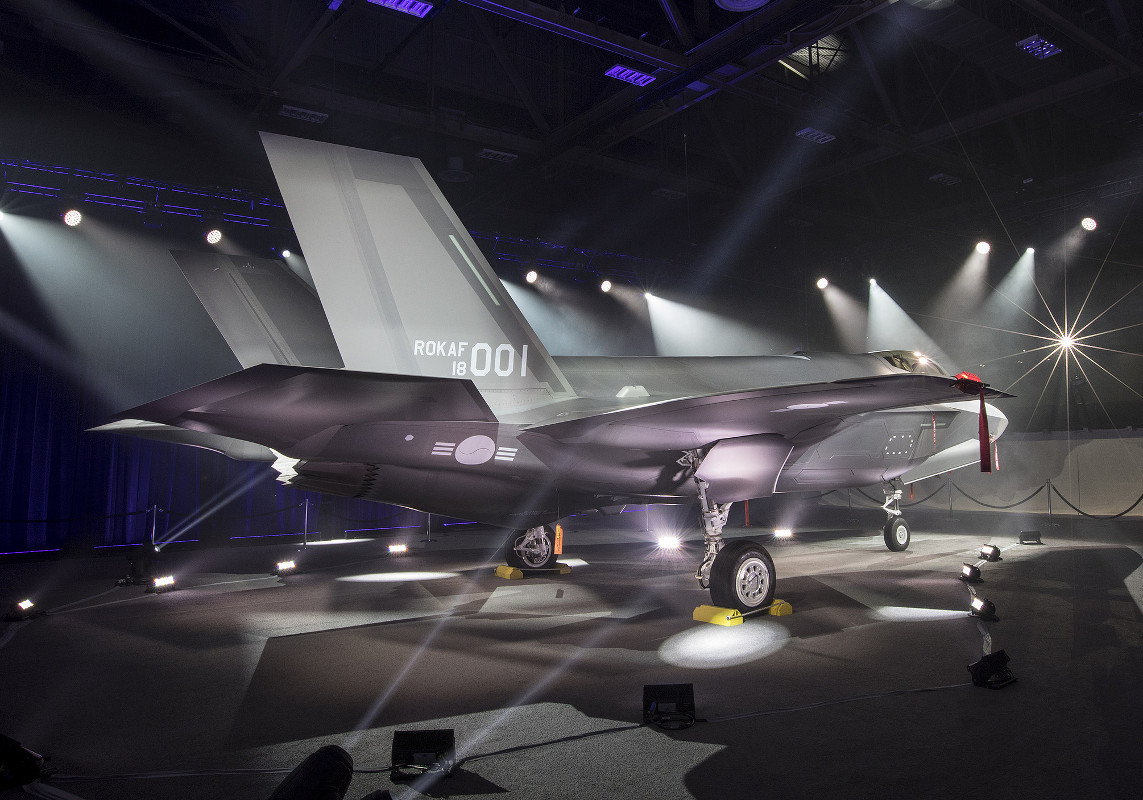
The most complex hurdles may be political, though. South Korea is a party to the Non-Proliferation Treaty, or NPT, and has a bilateral agreement with the United States not to enrich fissile nuclear material above a certain level. Many nuclear reactors on submarines require highly enriched fuel – understood to often be near the grade necessary to build a nuclear weapon – in order to provide sufficient power in the necessarily compact package.
Building a nuclear submarine with such a powerplant would violate the bilateral deal. The need to build enrichment or other nuclear facilities, or otherwise acquire the highly enriched fissile material, could also draw international criticism that South Korea is abiding by the letter, but not the spirit of the NPT, effectively developing a nuclear weapons program in all but name. These issues are at the core of why South Korea conducted the 326 Initiative in secret and why it abandoned it after it became public, attracting the attention of both the United States and the International Atomic Energy Agency.
This is also one of the main reasons why the KDN think tank recommended the Barracuda-class model, since it uses a low enriched uranium-fueled reactor. This could help reduce criticism about the enrichment issue, as South Korea already operates civil nuclear powerplants using similar fuel.
However, North Korea is likely to take any suggestion that the South Koreans are looking to “nuclearize” their military in any way as both a threat and justification for its own nuclear weapons program. It would also provide ammunition for the North Korean propaganda machine, which already accuses the United States and its “puppets” in Seoul of being the real nuclear aggressors.
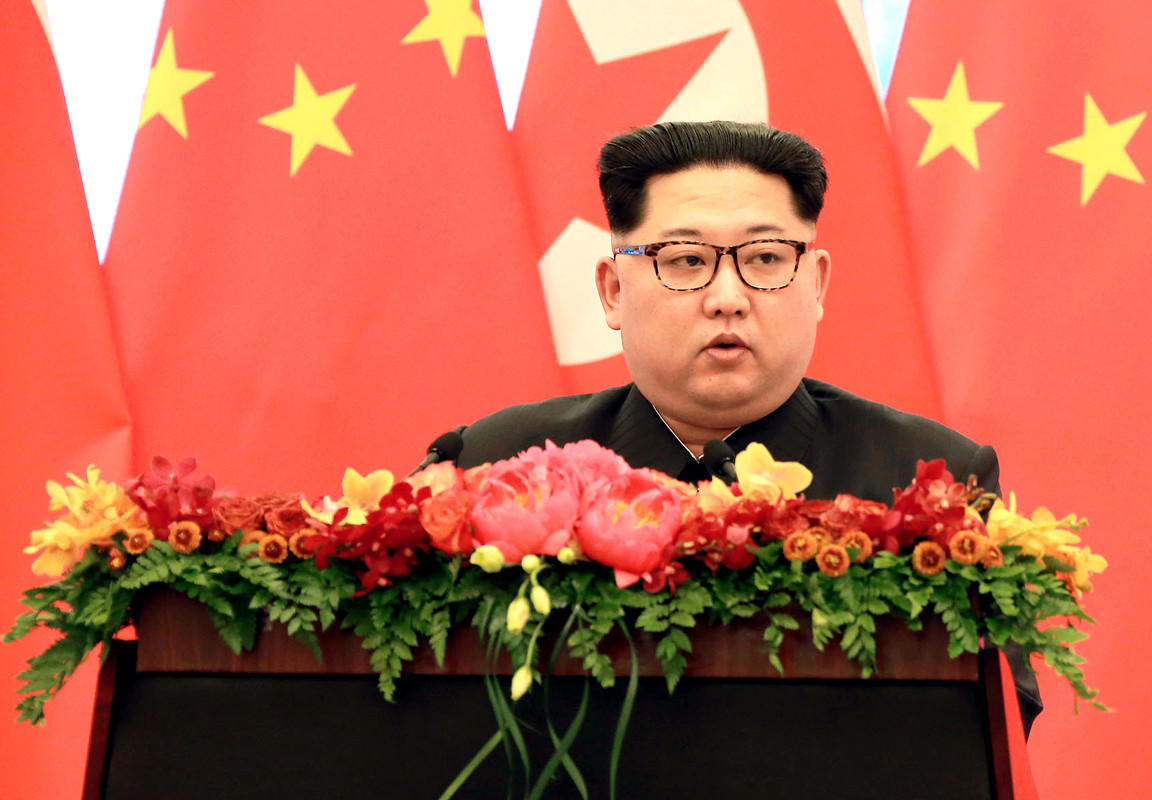
These considerations are especially pronounced given that South Korea is looking to de-escalate tensions and directly engage with Kim Jong-un and his regime. The North Korean Premier is now set to attend a historic meeting with South Korean President Moon Jae-in in South Korea in April 2018, which will be the first time a leader from North Korea has ever visited the South.
There is also potential that this decision could upset the potential for talks between Kim and U.S. President Donald Trump. As such, the United States could still decide it is too risky politically for South Korea to pursue any form of nuclear-powered submarine and pressure them again to abandon the effort.
That being said, the Trump administration has expressed a willingness to renegotiate other bilateral agreements limiting South Korean weapons development, notably those limiting the maximum range and capacity of the country’s ballistic missiles. It is possible that the United States under Trump could even be willing to consider relaxing the nuclear enrichment requirements in the face of North Korean threats or as a potential bargaining chip to offer in exchange for Pyongyang abandoning its own nuclear initiatives.
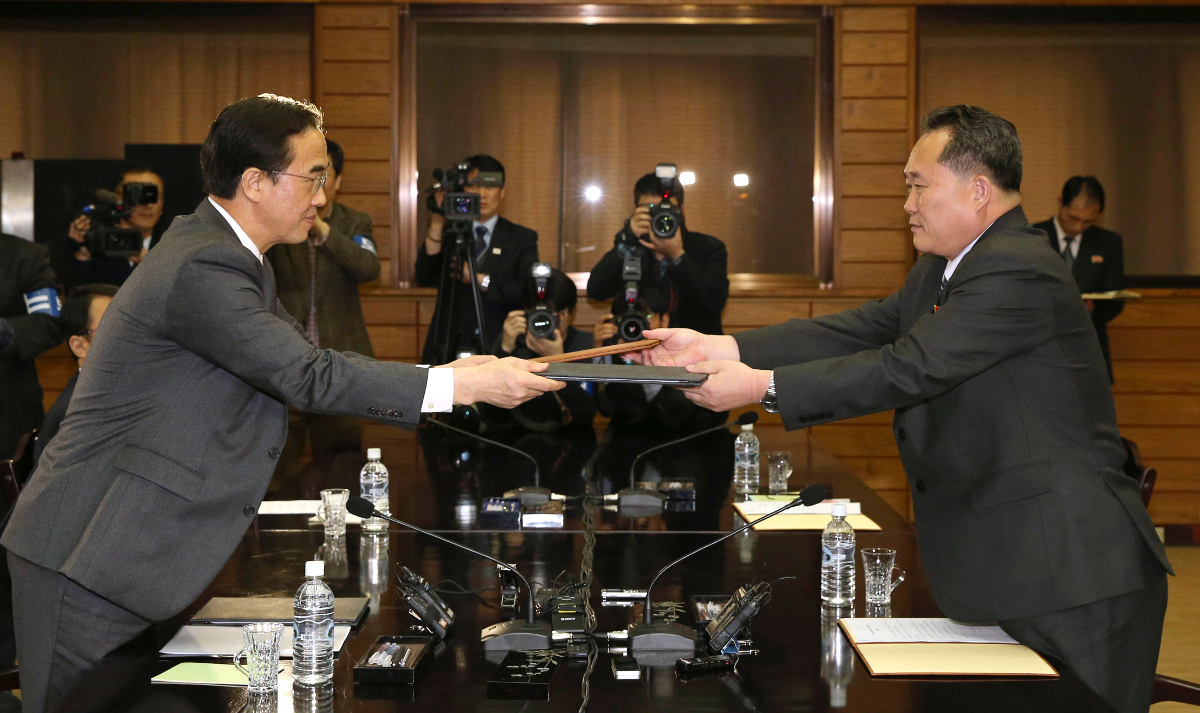
But its not entirely clear why the South Koreans would even need to go through all of this trouble in the first place. France has already developed a non-nuclear AIP version of Barracuda for export, which reportedly offers near-nuclear performance, with Australia being the launch customer. A similar boat could easily fulfill South Korea’s requirements and appeared to be what they were leaning toward in the first place with the Jang Bogo III project.
Since South Korea is already under the United States extended nuclear deterrence umbrella, its curious that it would decide to pursue an expensive new conventional second-strike capability with a limited ability to deter North Korea. Its true that the South Korean government has made it clear that they are prepared to unleash a broad conventional retaliatory strike in response to any major North Korean aggression, but they already have a submarine-based component to those plans in the form of torpedo tube-launched land attack cruise missiles.
Of course, there are no concrete indications that North Korea is interested in abandoning its nuclear weapons any time soon, though, as it sees them as essential to preserving the country’s totalitarian regime. Perhaps, the South Koreans see having the building blocks of their nuclear weapons program, coupled with a nuclear submarine as a capable and survivable launch platform, waiting in the wings as an important hedge against the possibility of the situation on the Peninsula deteriorating to a particularly worrisome degree.
There have already been rumors that North Korea’s rapidly growing nuclear-capable ballistic missile arsenal may be prompting South Korean authorities to reconsider their stance on nuclear weapons, even though this would require them to join North Korea in backing out of the NPT. There is already the suggestion that South Korea has the ability to rapidly go nuclear if it decides to go that route.
All told, a nuclear-powered submarine could significantly expand the capabilities of the South Korean Navy, but it remains less clear if the country is really interested in pursuing such a costly project, both in terms of actual funds and political capital.
Contact the author: jtrevithickpr@gmail.com
